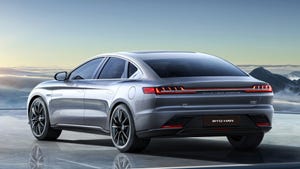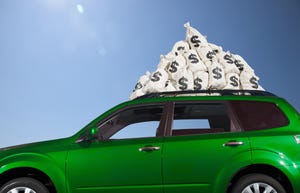thumbnail_(2).jpg?width=700&auto=webp&quality=80&disable=upscale)
Finance & Insurance_(2).jpg?width=700&auto=webp&quality=80&disable=upscale)
Russia’s Wartime Economy Shores Up Auto MarketRussia’s Wartime Economy Shores Up Auto Market
Military spending accounts for more than half of Russia’s economy and is growing, according to estimates. Large salaries are being paid to contractors and others associated with the military, keeping the auto industry above water.
Subscribe to a WardsAuto newsletter today!
Get the latest automotive news delivered daily or weekly. With 5 newsletters to choose from, each curated by our Editors, you can decide what matters to you most.



























.jpg?width=300&auto=webp&quality=80&disable=upscale)







.jpg?width=300&auto=webp&quality=80&disable=upscale)







